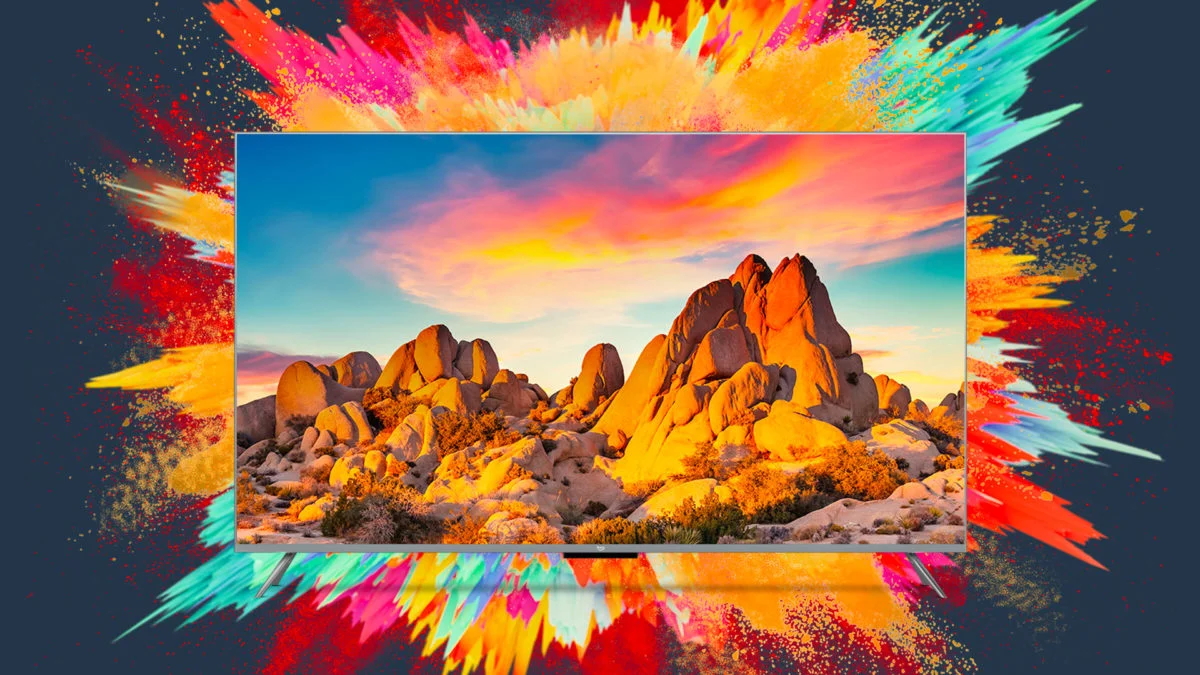
Streaming sticks are great and all that, but wouldn't it be better to have those really smart smarts built right into the TV in the first place? It would indeed, and that's where Amazon's Fire TVs come in.
These TVs are like having a TV with an Amazon Fire TV Stick attached, but without the need for the dedicated stick or the need to switch HDMI inputs to get to the smart platform – it's all just seamlessly integrated, both in terms of software and hardware.
You can actually buy Fire TVs from several brands now, but here we're focused on those produced by Amazon itself. Amazon's own Fire TVs are split into four series (three in the UK): the Fire TV 2-Series, Fire TV 4-Series, Fire TV Omni Series (which is only available in the US) and the Fire TV Omni QLED Series.
These series scale up in terms of price, features and picture quality, but even the most expensive Omni QLED TVs can be considered affordable next to rivals with similar specs. Broadly speaking, Amazon's Fire TVs are designed to go against budget TVs and mid-range sets from the likes of TCL and Hisense, and even the more affordable models in the ranges of LG and Samsung.
The question, then, is how Amazon's own TVs compare against those rivals, and also how they compare to one another. If you're wondering whether you should buy an Amazon Fire TV and, if so, which one would be best for you, we're here to help.
What do Amazon Fire TVs offer?
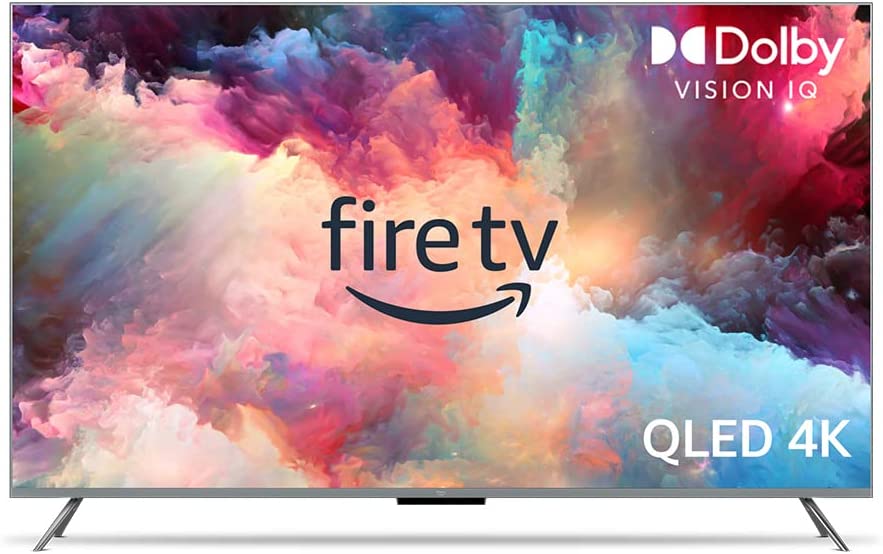
Amazon Fire TVs all pack in Amazon’s Fire TV OS, so you can stream whatever you like as well as access a suite of other Amazon features, such as Alexa integration.
Fire TVs are budget-focused sets aimed at providing good value without giving up too many modern features. If you need a set for a guest room, or you’re just looking to upgrade to a smart TV, a Fire TV could be just the ticket.
If you are already an Amazon Prime member, the Fire TV OS will be familiar. The platform promises 'all your favourites in one place'. That includes streaming apps such as Netflix, Prime Video, Disney Plus, Apple TV and YouTube TV, plus free live TV channels, basic video games, and Alexa skills. The Omni QLED Series can even double as a smart home dashboard.
Alexa Home Theater is another interesting feature. It automatically gives you the option to pair your Fire TV with compatible Echo speakers during set-up, making it easier to get an Alexa-based home cinema experience up and running.
The Omni and Omni QLED TVs also have built-in far-field microphones for hands-free Alexa operation, while the QLED Series takes things a step further by introducing Dolby Vision IQ, HDR10+ Adaptive and HDR10+ Gaming, adaptive brightness, and full-array local dimming on top of Samsung Frame-like functionality and displayable Alexa widgets.
All of Amazon’s Fire TVs bar the 2-Series support 4K, HDR10, HLG, and Dolby Digital Plus. The 2-Series, 4-Series and Omni Series have LED panels, while the Omni QLED of course has a QLED panel, which means it has a Quantum Dot layer on top of the LED backlight. As for connectivity, most Amazon Fire TVs feature four HDMI ports (one of which has HDMI 2.1 eARC), a USB-A port, an ethernet port, an optical out, and a dedicated port for the infrared extender alongside wi-fi.
While most of these TVs have these features in common, it’s always worth double-checking the specification of the particular model you are looking to buy.
Should you buy a Fire TV 2-Series?
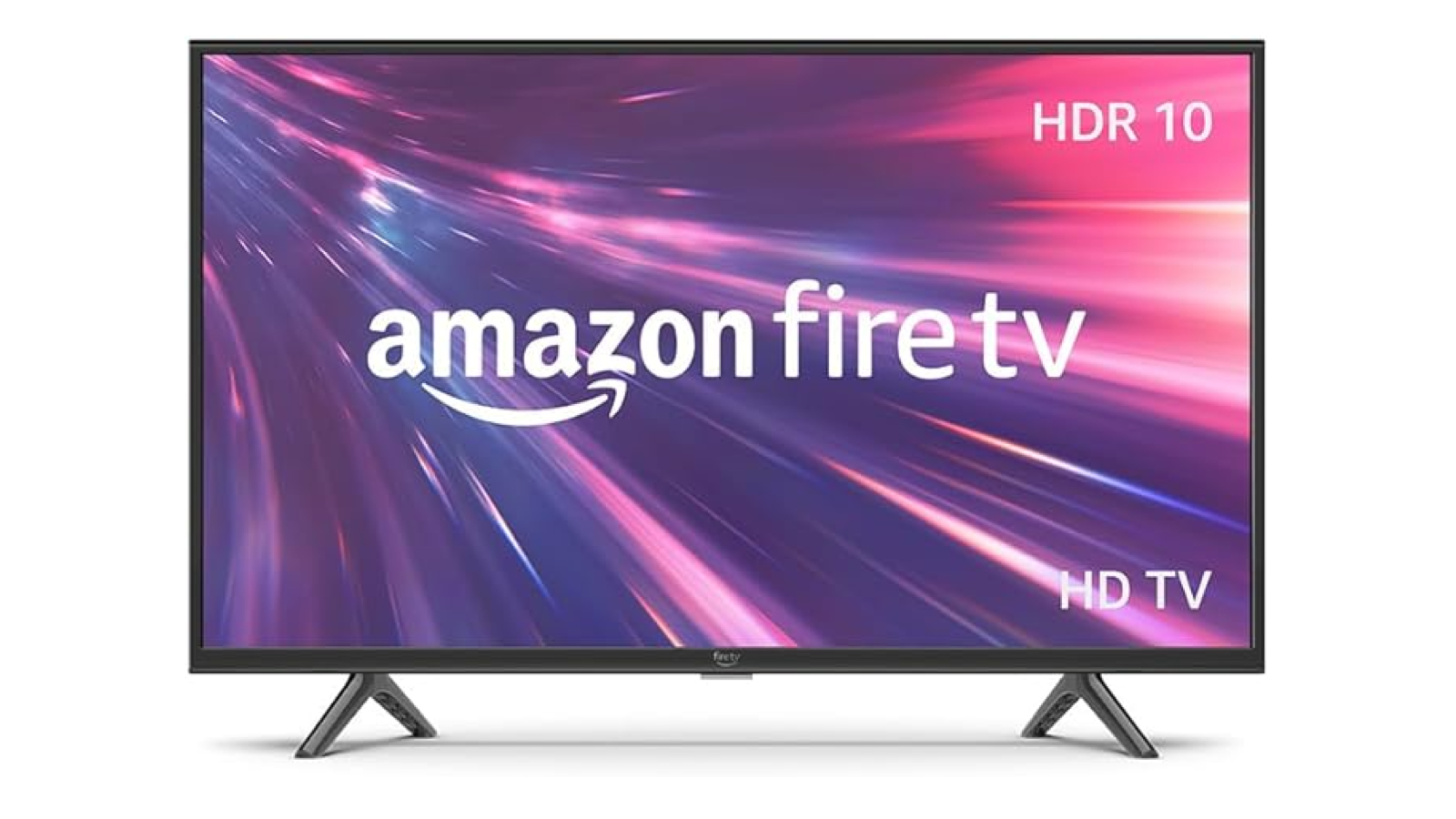
- Sizes: 32-inch, 40-inch
- Display type: LED
- Resolution: HD
- Refresh rate: 60Hz
- HDR: HDR10, HLG
- Audio: Dolby Digital Plus
- HDMI: 1.4
Amazon's entry-level Fire TVs are these 2-Series models, which also happen to be the smallest Fire TVs that Amazon produces. The main difference between the 2-Series TVs and the more expensive Fire TV models is that these cheaper and smaller sets are HD rather than 4K, Specifically, the 32-inch model has a 1366 x 768 resolution while the 40-inch version is 1920 x 1080.
Despite the low price, both models feature direct LED backlights and support for the HDR10 and HLG HDR formats. There are three HDMI inputs, but these are of the basic 1.4 standard. Still, standard ARC is supported for easy connection to a compatible soundbar. There are no specific gaming features, but there is still a game mode that reduces input lag, so casual gamers will be fine with a 2-series TV.
Of course, the main reason to buy a 2-Series TV is because you want a cheap, compact TV that has the Fire OS built in, and that's just what you get.
We have reviewed the 32-inch Amazon Fire TV 2-Series, and we unfortunately found it to be rather wanting. It's much brighter and sharper than TVs at this level usually are, and the sound is pretty good for a TV costing so little, too, but black performance is poor and colours look pale. We would only really recommend it if you specifically need a fairly non-critical TV for a conservatory or bright kitchen. The 40-inch version may fare better, but we haven't tested it yet.
The 32-inch Amazon Fire TV 2-Series is officially £250 / $200 while the 40-inch model is £300 / $250, but discounts are regular and large. You'll find the latest, lowest prices below.
Should you buy a Fire TV 4-Series?
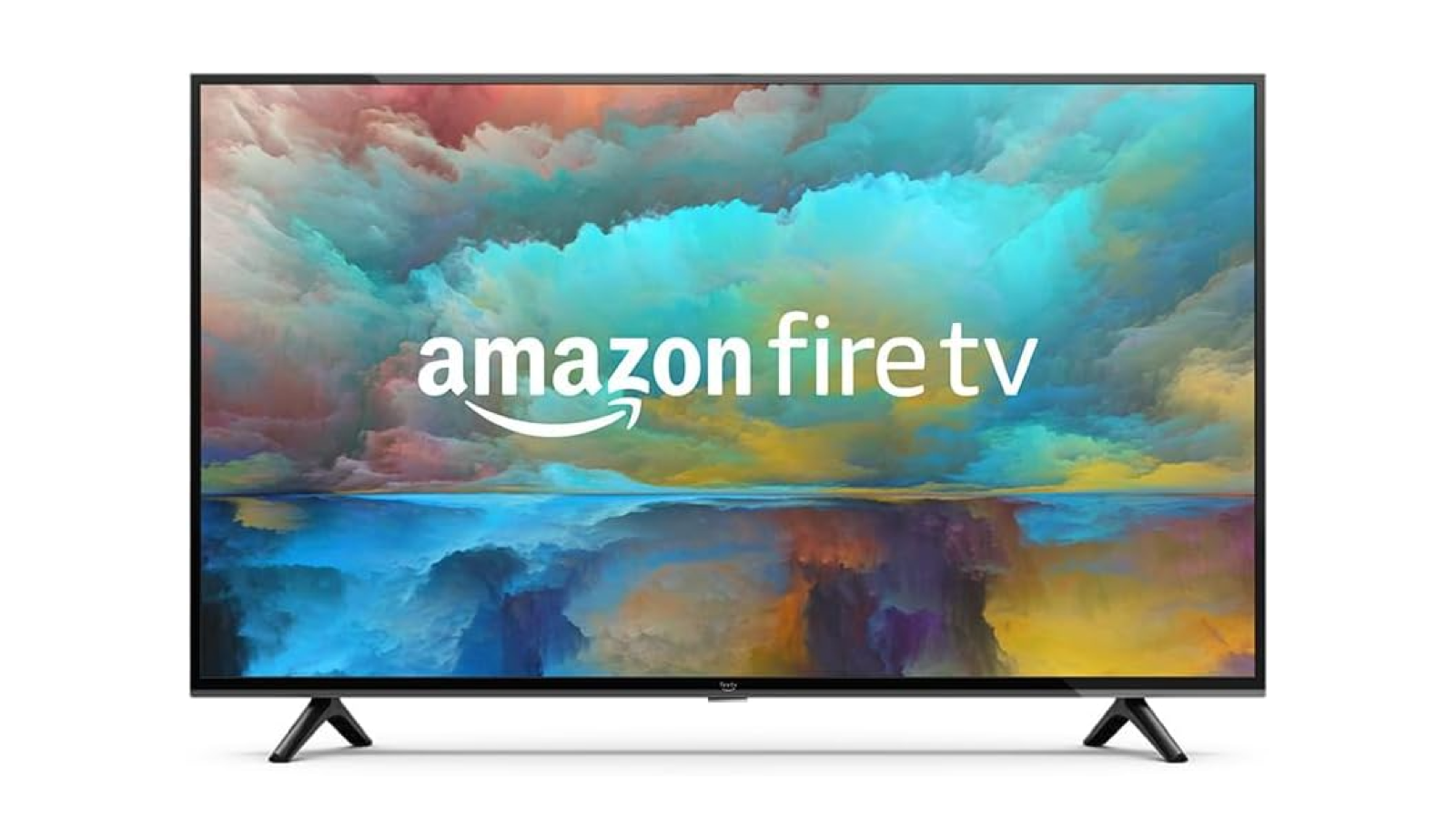
- Sizes: 43-inch, 50-inch, 55-inch
- Display type: LED
- Resolution: 4K
- Refresh rate: 60Hz
- HDR: HDR10, HLG
- Audio: Dolby Digital Plus
- HDMI: 2.1
The Fire TV 4-Series is Amazon’s step-up line of TVs. All of them offer 4K, HDR10, HLG, and Dolby Digital Plus alongside Amazon smarts and Alexa Voice Remote support for all your various streaming needs.
The 4-Series comes with an LED panel, and you can choose between 43-inch, 50-inch, and 55-inch sets. These are officially priced at £430 / $370, £500 / $450 and £550 / $520 respectively, but you should never pay that much as very large discounts are common.
If you are a gamer, while the 4-Series does have an HDMI 2.1 port, you won’t be getting VRR, ALLM, or 4K/120Hz support, so we suggest checking out more gamer-focused sets if playing games is what you mostly plan to do on your new TV.
In general, if you like Amazon and want a modern, decently sized TV you can use without fuss that won’t cost an arm and a leg, the 4-Series looks to be a reasonable choice, but do bear in mind that we have not tested any 4-Series models so we can't vouch for their quality ourselves.
Even so, here are the latest, lowest prices on the whole Amazon Fire TV 4-Series.
Should you buy a Fire TV Omni Series?
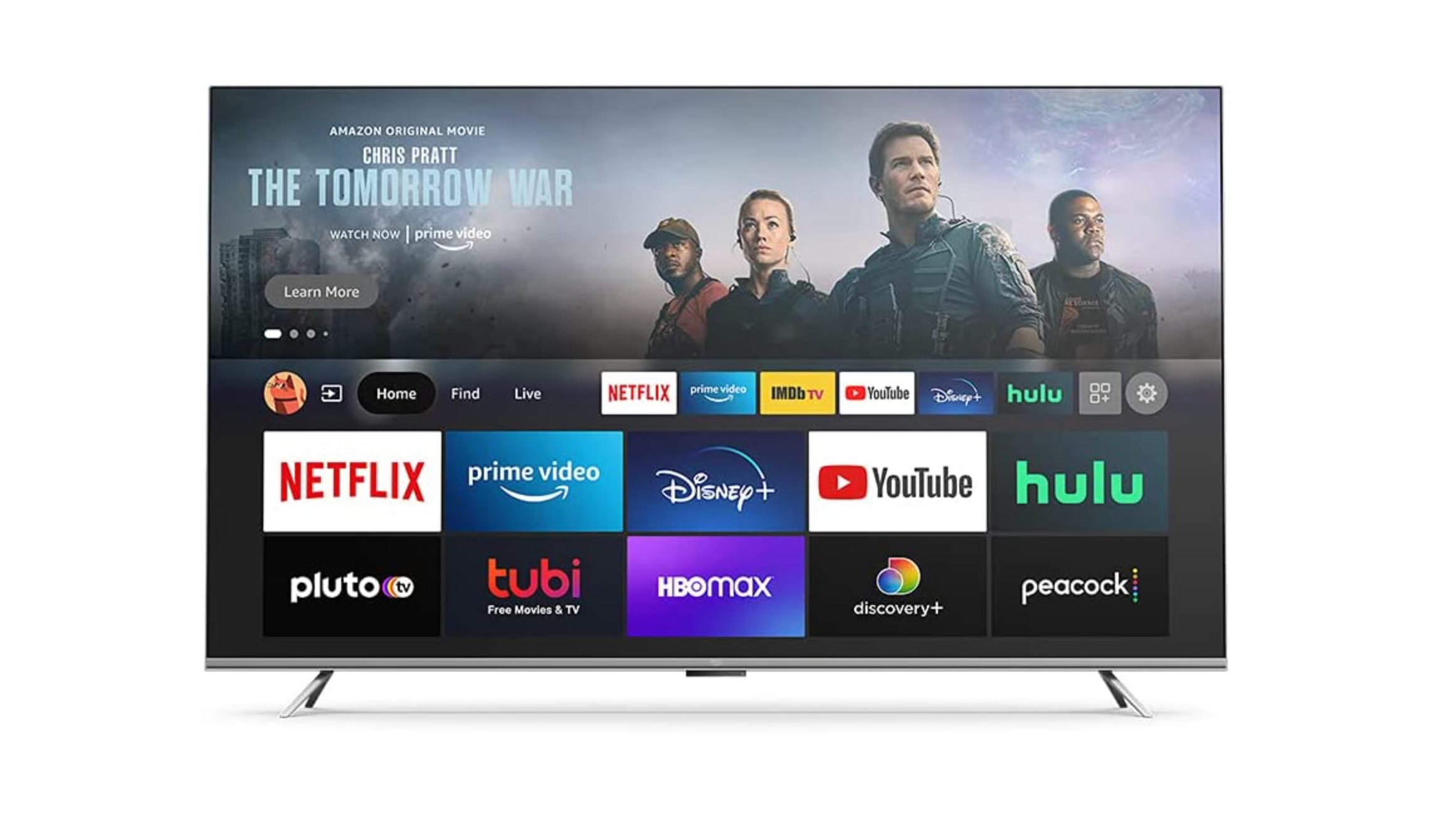
- Sizes: 43-inch, 50-inch, 55-inch, 65-inch, 75-inch
- Display type: LED
- Resolution: 4K
- Refresh rate: 60Hz
- HDR: HDR10, HLG, Dolby Vision
- Audio: Dolby Digital Plus
- HDMI: 2.1
A step up from the 4-Series is Amazon’s US-only Fire TV Omni Series which comes in 43-inch, 50-inch, 55-inch, 65-inch, and 75-inch sizes for official prices of $400, $480, $550, $760 and $1050 respectively. As you can see, these TVs are only slightly more expensive than the 4-series models. And, again, you shouldn't need to the full price as discounts are common and usually very large. You can see the latest and lowest prices below.
The Omni Series has many of the same specs and features as the 4-Series, with the addition of a built-in far-field microphone for hands-free voice control that lets your Omni Series TV double as an Alexa-enabled smart speaker. You also get Dolby Vision support on the 65-inch and 75-inch Omni Series TVs.
The situation for gamers on the Omni Series is the same as the 4-Series: it offers 4K/60Hz and HDMI 2.1 but eschews gamer-focused features such as VRR, ALLM, or 4K/120Hz. Casual gamers should be perfectly happy hooking up their PS5 to an Omni Series and playing without major issues; but for the hardcore gamer who cares about the best performance and fastest response times, once again we would probably look elsewhere.
If you are looking for an Amazon ecosystem set that can keep up with 4K/HDR content and doesn’t cost you thousands, then the Fire TV Omni Series likely won’t be a bad buy. Again, though, if you want the most competitive slew of features for the money, we would check out other options before taking the plunge.
Should you buy a Fire TV Omni QLED Series?
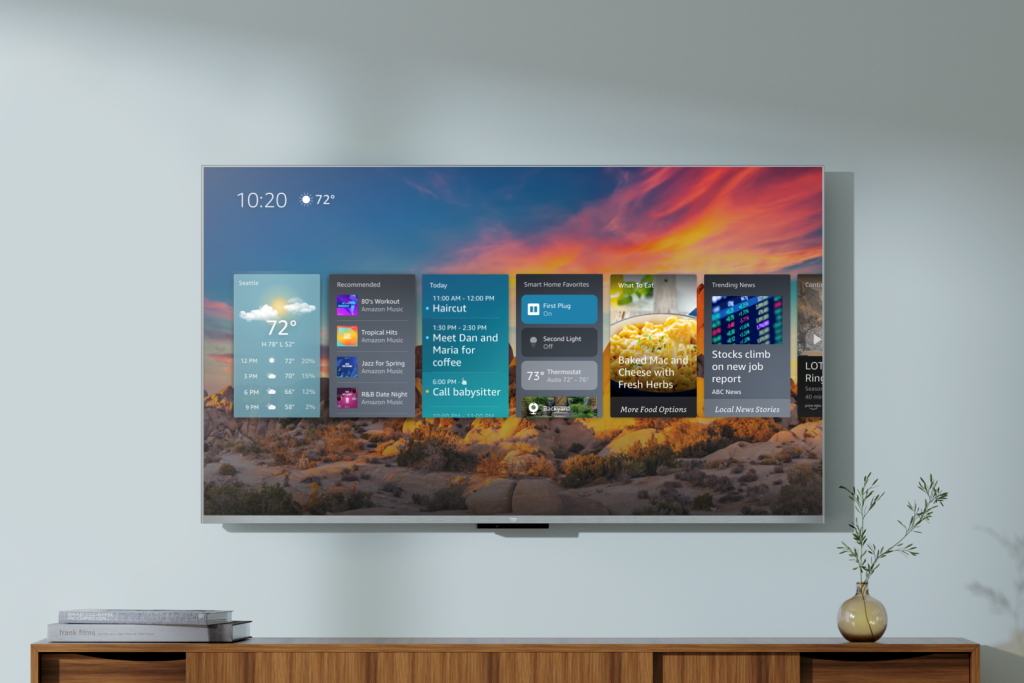
- Sizes: 43-inch, 50-inch, 55-inch, 65-inch, 75-inch
- Display type: QLED
- Resolution: 4K
- Refresh rate: 60Hz
- HDR: HDR10, HLG, Dolby Vision IQ, HDR10+
- Audio: Dolby Digital Plus
- HDMI: 2.1
The newer Fire TV Omni QLED Series is Amazon’s flagship Fire TV line. It costs the most, as you would expect, but it also offers the most features, by far. The Omni QLED Series comes in 43-inch, 50-inch, 55-inch, 65-inch, and 75-inch sizes, with official pricing as follows:
43 inches: £550 / $450
50 inches: £650 / $530
55 inches: £750 / $600
65 inches: £1000 / $800
75 inches: $1100 (not available in the UK)
As with Amazon's other Fire TV models, the Omni QLED is regularly discounted significantly, so we strongly recommend that you don't pay the official price for one. The latest and lowest prices for each size are shown below.
The Omni QLED Series brings the same features to the table as the Omni Series plus a host of upgrades and additions. The most notable one is, of course, that Quantum Dot display, which allows the Omni QLED to produce brighter and more vibrant colours than its non-QLED siblings.
All models except the 43-inch version also feature local dimming, which is a big deal for enhancing contrast. In fact, it's such a big deal that the 43-inch model really suffers without it – to the extent that we wouldn't recommend that you buy it even if it's really cheap. You can read more about that one in our Amazon Fire TV Omni QLED 43-inch review.
Thankfully, the other two Omni QLED TVs we have tested are very good. We gave five stars (and a What Hi-Fi? Award!) to the 50-inch Omni QLED, and the 65-inch Omni QLED received a very respectable four-star rating. Both TVs offer a balanced picture performance, excellent features for the money and clear audio. We expect the 55-inch model to perform similarly but we can't vouch for the 75-inch model: cheap TVs tend to struggle when stretched to very large sizes, so we would need to test this specific size before offering any thoughts on it.
All models feature Dolby Vision IQ, HDR10+ Adaptive and HDR10+ Gaming, adaptive brightness, and new Amazon functionality. The only real difference between the sizes comes down to the number of dimming zones they support.
Amazon looks to be positioning the Omni QLED Series as a competitor to more expensive QLED sets such as Samsung’s The Frame TV, which doubles as an art piece when you aren’t watching content on it. The QLED Series doesn't have the same sort of design, but it does have some of the same features, allowing you to display artwork, photos, or a host of Echo Show-style widgets on your TV.
Considering the suite of image quality upgrades, particularly in the world of brightness, contrast, and HDR, we would expect the Omni QLED Series to have a major boost in image quality over the Omni Series and 4-Series Fire TV, but we haven't had a chance to review Amazon's other Fire TVs just yet.
For gamers, the situation is better here than it is across all of Amazon’s other Fire TVs. Yes, the Omni QLED is still limited to 4K/60Hz, but you do get VRR and ALLM. HDR10+ Gaming is nice to have, too, on top of the Omni QLED Series' other gaming-focused features.
In general, the Omni QLED Series is Amazon’s most interesting Fire TV yet. The Frame-like functionality is a nice feature, while the apparent upgrades to image quality over other sets are a bonus.
So, should you buy a Fire TV? Are they worth it?
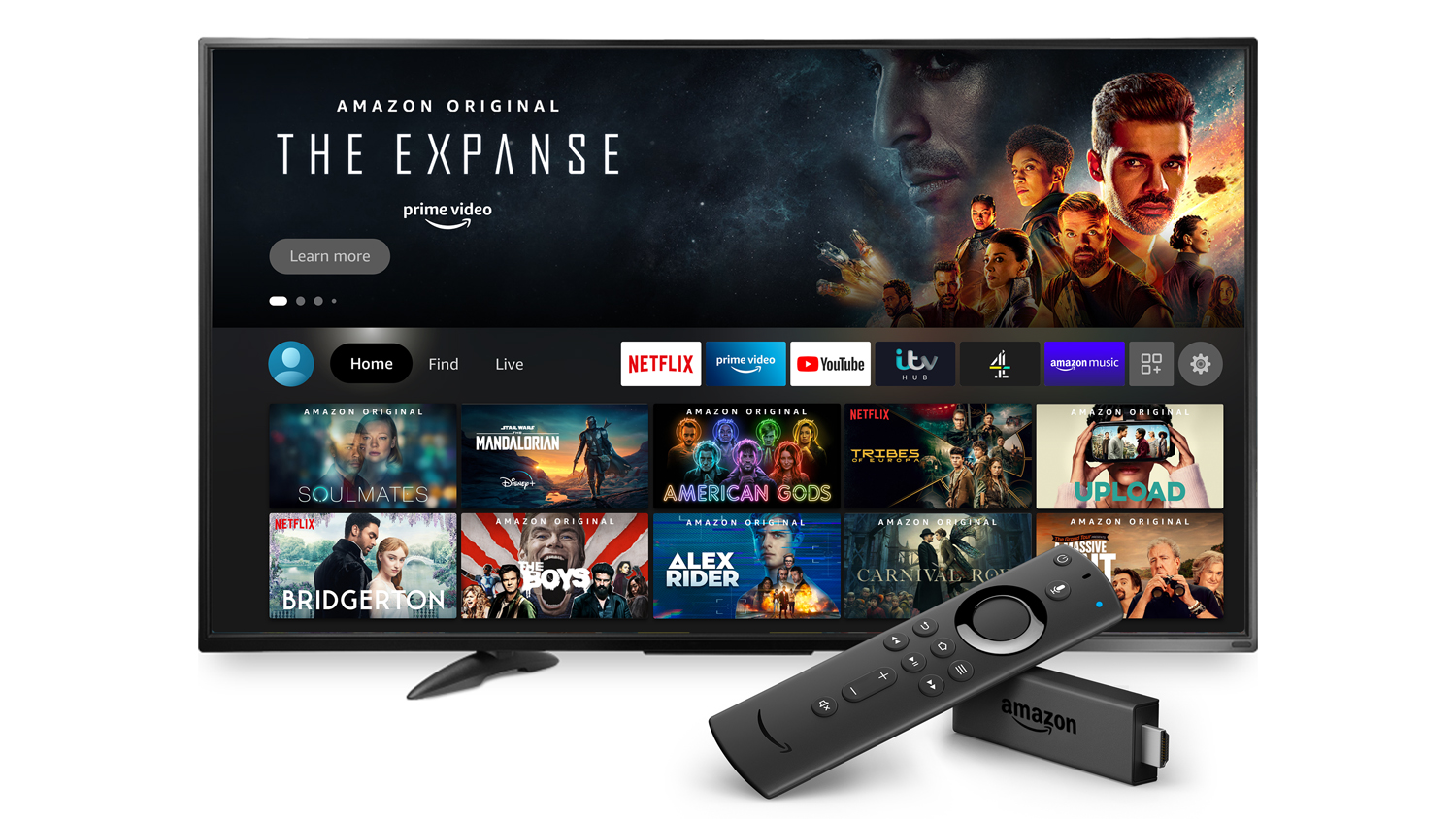
Amazon's Fire TVs show a lot of promise, and should be worthy vehicles for Amazon's excellent Fire TV platform.
The Omni QLED Series impressed us, but the 4-Series and Omni Series have gone down rather well on Amazon. The 4-Series has accumulated more than 37,000 reviews in the US, with an average rating of 4.5 out of 5, and it's rated similarly by UK buyers. The Omni Series has earned more than 26,000 reviews, with an average user rating of 4.4 out of 5.
The caveat? If you’re a gamer on a budget, you might want to pick up a more gamer-focused set that supports 4K/120Hz. However, not many games actually feature framerates above 60Hz, so the relevance of high-refresh-rate support will depend on what games you plan on playing yourself.
And, of course, these are budget TVs, so don’t expect the premium picture quality offered by higher-priced models. We won't be at all surprised if Fire TVs represent good value in the picture department for their price, but they won't match the quality offered by higher-priced sets from the likes of Sony, Samsung or LG.
Nonetheless, the Omni QLED TVs are, in particular, worth considering if you don't want to drop some serious cash on a TV. Not only were we impressed by their quality for their prices, but these TVs pretty regularly end up on sale, making them an even stronger value proposition. If you find yourself in need of a TV during one of Amazon's sale events, the Omni QLED is more than worth the consideration.
If you aren’t an Amazon fan, you might be better off with a budget set from another brand that doesn’t bother with Alexa support. Check out our list of the best cheap TVs around.
MORE:
Check out more of the best cheap TV deals
Should you buy a TCL TV? Our verdict on TCL Roku TVs
Find out how to choose the right TV







